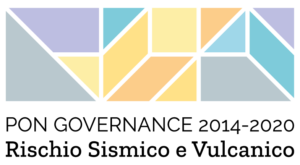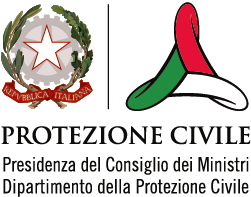
How the shear wave velocity inversion affects the seismic motion
- 25 Febbraio 2022
- Pericolosità, Pubblicazioni
Autori: Fabozzi S.1, Catalano S. 2, Falcone G. 1, Moscatelli M.1, Naso G.3, Pagliaroli A. 4, Peronace E.1, Porchia A.1, Romagnoli G. 1.
Affiliazioni:
1 Institute of Environmental Geology and Geoengineering. Rome, Italy
2 Department of Biological, Geological and Environmental Science, University of Catania, Italy
3 Department of Civil Protection. Rome, Italy
4 Department of Engineering and Geology – University of Chieti Pescara G. D’Annunzio
2021 – 6th IASPEI / IAEE International Symposium: Effects of Surface Geology on Seismic Motion March 15-17, 2021
Abstract
The shear wave velocity, Vs, profile of the subsoil is one of the most important controlling parameters of the seismic site response (Rathje et al., 2010), i.e. the motion modification during the wave propagation through the stratigraphic series, from the bedrock upward to the ground surface. Despite the high heterogeneities and complexities of the geological conditions, generally the shear wave velocity increases with depth due to the effects of geologic age, cementation and overburden stress. This is the condition indicated by the Italian Building Code (ItBC2018) for the application of the simplified approach, based on subsoil categories, to define the seismic action at the ground surface. They exist, however, particular geological settings for which this condition does not occur and specific seismic site response analyses are reqired by the ItBC2018. This is the case, for instance, of the shear wave velocity inversion, when the top layer is stiffer (i.e. exhibiting higher Vs) than the one below (i.e. exhibiting lower Vs) overlaying the bedrock. The present work identifies the most common Italian geological settings where Vs profile inversions are possible, associating typical mechanical and geotechnical properties to each layer.
Based on this preliminary subsoil models, 1D site response analyses have been then performed to evaluate the influence of the stiffness inversion on ground shaking in terms of shear strain profiles and acceleration response spectra at the ground surface. In particular, stochastic 1D analyses were carried out via Monte Carlo method assuming assigned statistical distribution for Vs profiles and nonlinear G/G0-g and D-g curves.
.

CONTRATTO CONCERNENTE L’AFFIDAMENTO DI SERVIZI PER “PROGRAMMA PER IL SUPPORTO AL RAFFORZAMENTO DELLA GOVERNANCE IN MATERIA DI RIDUZIONE DEL RISCHIO SISMICO E VULCANICO AI FINI DI PROTEZIONE CIVILE NELL’AMBITO DEL PON GOVERNANCE E CAPACITÀ ISTITUZIONALE 2014-2020”– CIG 6980737E65 – CUP J59G16000160006
Copyright © 2017 - Progetto grafico e sviluppo Heap Design



